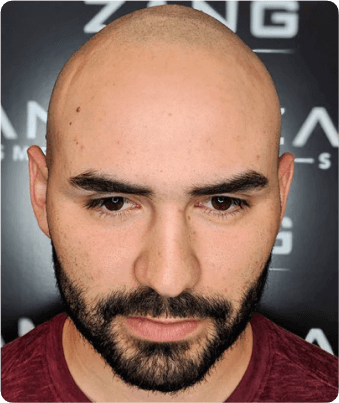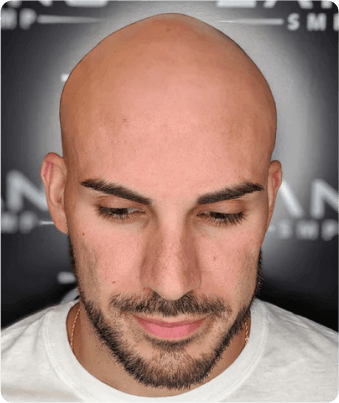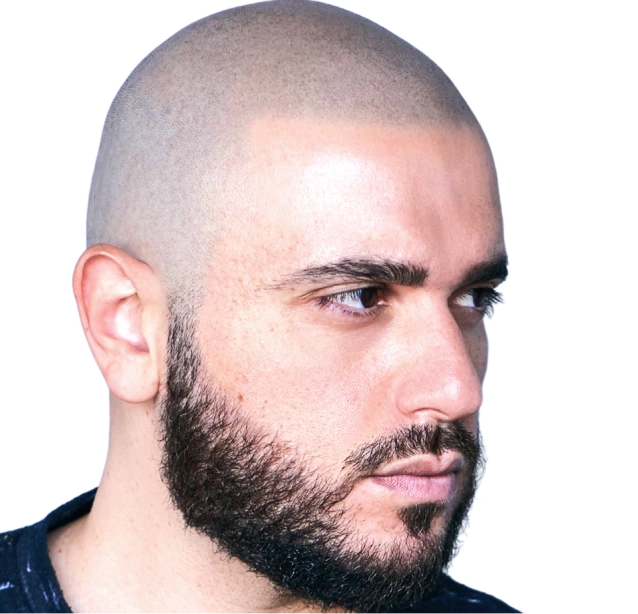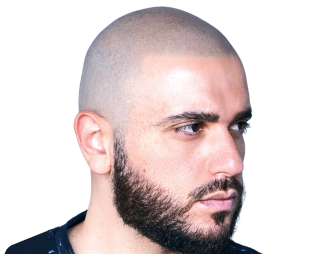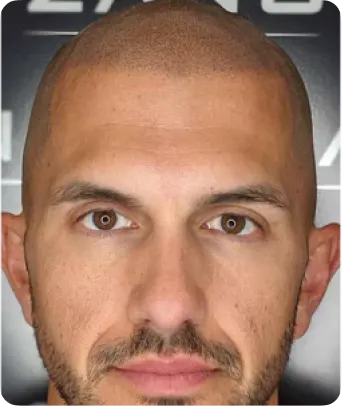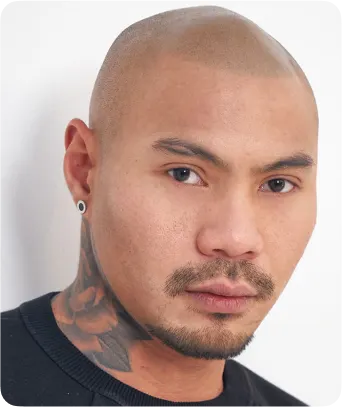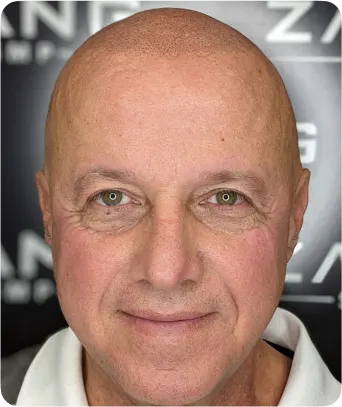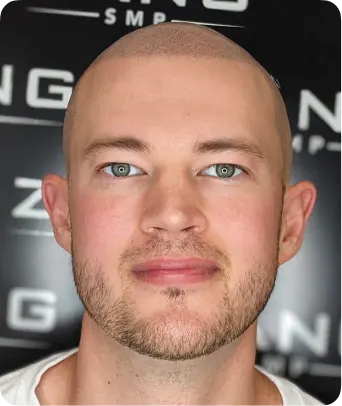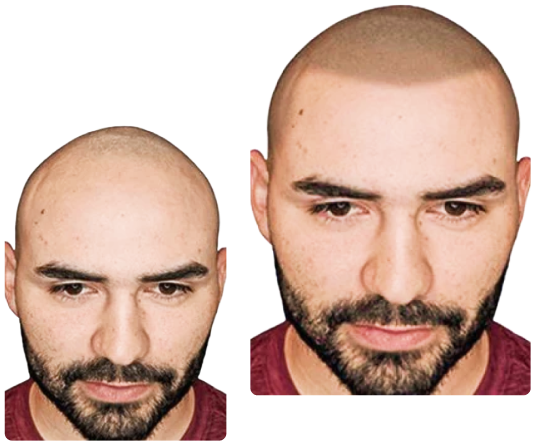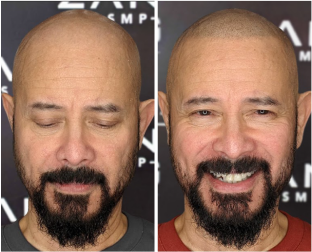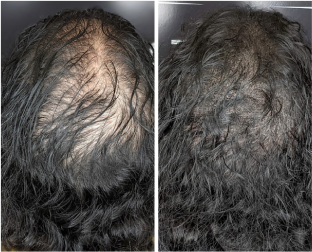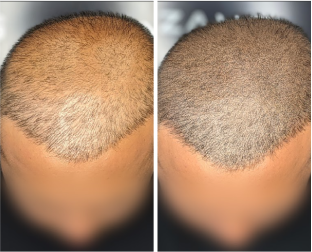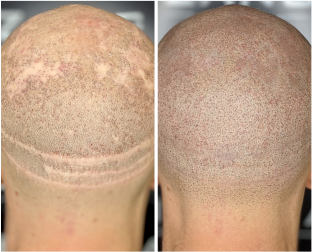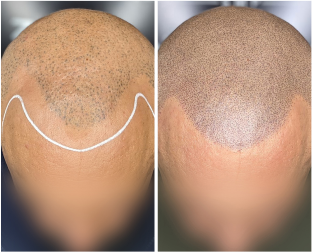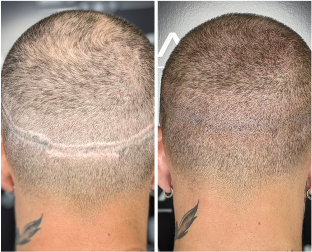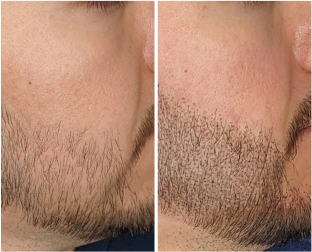How is Male Pattern Baldness Diagnosed and How Does it Influence Hair Loss?
Male pattern baldness is characterized by a specific pattern of hair loss, typically starting at the hairline and crown. This condition is primarily driven by genetics and hormonal influences, which are key contributors to hair loss and other related disorders.
Stages of Male Pattern Baldness
The Hamilton-Norwood scale is used to measure the progression of hair loss in men, ranging from stage 1, which is the mildest, to stage 7, where there is complete baldness on the top of the head. At stages 1 to 3, hairline recession is mild to moderate, with gradual thinning of the hair.
As individuals reach Norwood stages 4 to 5, hair loss becomes more severe, affecting both the front of the scalp and the crown, showing noticeable thinning. Stages 6 and 7 indicate nearly total or complete hair loss from the top of the scalp, with little or no remaining hair.
There are also rare forms of male pattern baldness, including diffuse thinning across the entire scalp without affecting the hairline, and localized hair loss in the crown area without recession of the hairline.
Treatment For Male Pattern Hair Loss in Tarzana: Scalp Micropigmentation
Scalp Micropigmentation (SMP) is a non-invasive solution for male-pattern baldness that uses specialized tattooing techniques to replicate the appearance of hair follicles. Regardless of the severity of hair loss, SMP can create the illusion of a full, thick head of hair.
Unlike hair transplants, which rely on a limited number of donor grafts, SMP can instantly provide any desired hair density, with no downtime required for recovery.
At Zang SMP in Tarzana, we utilize organic, plant-based pigments to mimic the look of natural hair follicles. This treatment results in a buzzed, shaved look instead of a completely bald scalp. SMP provides a quick, effective, and non-surgical way to restore your appearance, improving your confidence without the need for painful procedures.
Typically, SMP treatments consist of two to three sessions, with the first two occurring a week apart. If a third session is needed, it is scheduled 1 to 3 months later to perfect the results.

